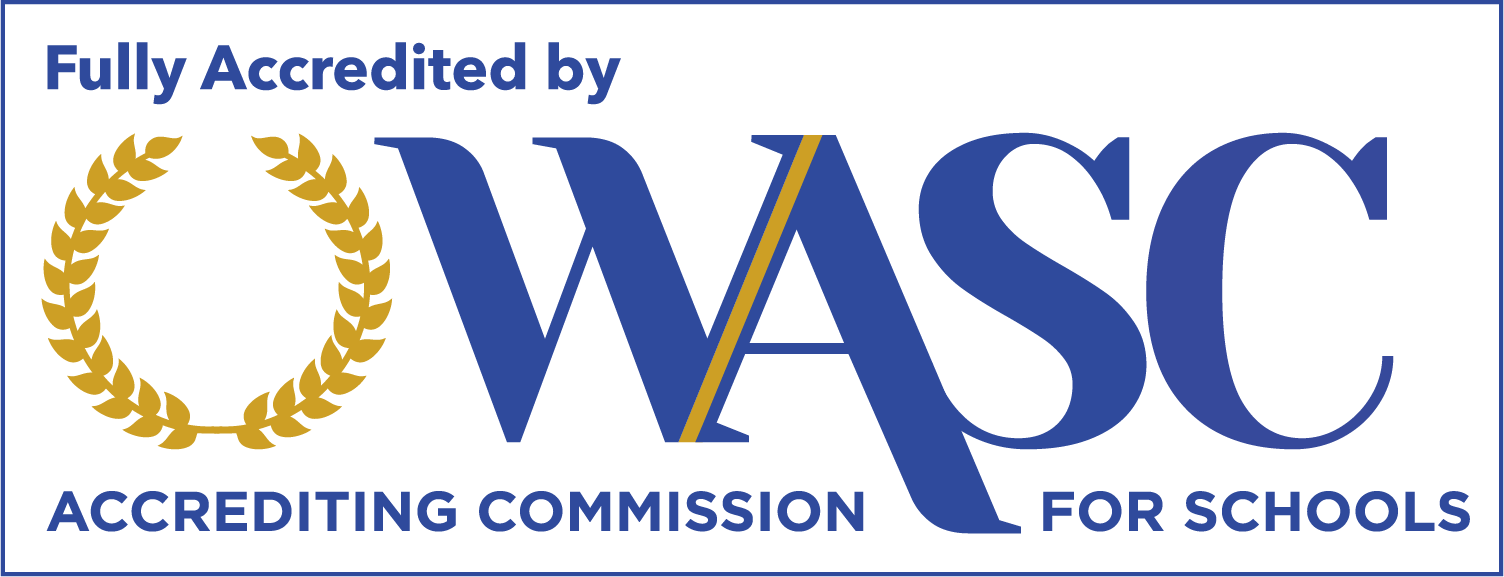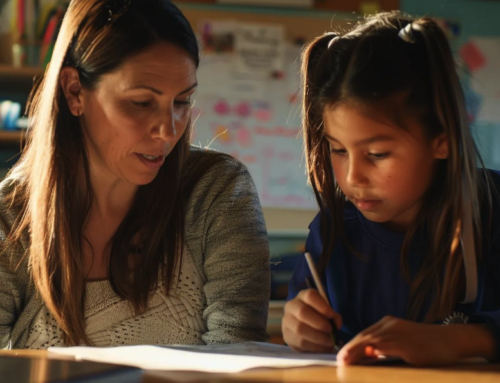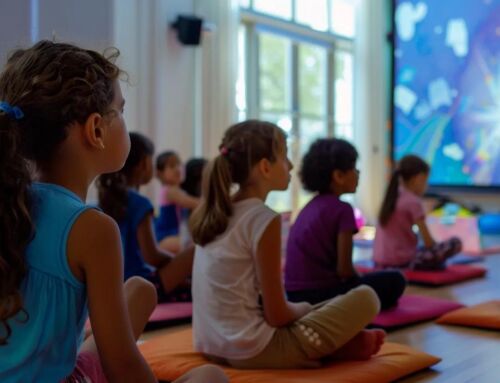How to Help Dyslexic Children Excel Academically: A Parent’s Guide
Did you know that approximately 20% of the population has dyslexia? If your child has dyslexia, they are certainly not alone because it is the most common neuro-cognitive disorder affecting children and adults alike. Traditional education may not be enough to help your child learn the way they need to learn. However, there are many different ways to supplement your child’s education to help them reach their fullest potential. Keep reading to learn how you can help dyslexic children succeed in school.
What is Dyslexia?
Dyslexia results in difficulty connecting the letters and words a person sees on the page with the sounds that they form. It is a learning disability that cannot be cured but that doesn’t mean that dyslexic students can’t learn to read! Children with dyslexia often find it difficult to read fluently even if they can read. They can struggle with spelling and comprehension as well. They also often struggle to follow directions, are confused with left and right, and may have had an articulation or speech delay. If you’ve ever wondered, “how to get tested for dyslexia for my child?” it may be in your child’s best interest to speak with their school, an educational psychologist, or someone specifically trained to assess for dyslexia. The school may have resources to help you understand how to get your child tested for dyslexia, however, depending on where you live, they may not call this common reading disability dyslexia, even when it is.
Academia Challenges for Dyslexic Children
If you have ever worked with a child with dyslexia, you know that they learn differently than other children. They may have trouble reading, writing, and spelling. They may have trouble remembering multi-step instructions or struggle with comprehension. For dyslexic children, decoding new words and manipulating sounds in language can be very difficult. This is due to an inefficient retrieval system in their brains. What is important to note is that dyslexia does not affect a child’s intelligence. Dyslexic children generally have average to above-average intelligence which can be masked because they have to work much harder to achieve the same academic results as their non-dyslexic peers.
How to Teach a Child with Dyslexia
There are many accommodations designed to help students learn in school. These academic accommodations include the option to give verbal answers instead of written answers, extra time on tests and assignments, the option to record lectures, and the option to not read orally in class. However, these accommodations may not be enough to help a child with dyslexia learn if they are really struggling with reading, writing, and spelling. Other ways to help a child with dyslexia learn include:
- explicit, sequential multisensory instruction
- the repetitive and intense sight word practice
- individual or small group instruction with equally matched peers
- teaching with a focus on decoding skills before working on fluency skills.
Multisensory instruction is a teaching method that engages multiple senses at one time. When children use more than one sense, they can actually create new neuropathways to improve their reading development allowing them to learn concepts and make connections in multiple ways. Learning sight words helps children become more automatic with words they frequently see. Individual and small group instruction is helpful for dyslexic children because it allows the teacher to become familiar with their specific learning gaps and challenges. In this setting, students may also feel more comfortable asking for help. Decoding is an essential skill that children need to read. It encourages children to sound out unfamiliar words. To help with their decoding skills, a teacher should focus on sound identification in words, manipulation of letters and sounds, and letter patterns in a sequential and cumulative manner. Dyslexic children can also benefit from additional tutoring or teaching outside of normal class time with instructors knowledgeable in teaching a dyslexic learner.
Structured Literacy
“What is structured literacy?” Structured literacy programs focus on teaching decoding strategies and systematic word identification essential for students with dyslexia. The components of structured literacy are syllables, morphology, phonology, sound-symbol association, syntax, and semantics. These components are taught in a systematic, cumulative, explicit, multisensory, and diagnostic way.
Structured Literacy
A condition known as dyscalculia is similar to dyslexia, but it mainly affects how people understand numbers. Dyscalculia can make understanding concepts like greater than and less than difficult for children. It can affect rapid recall of math facts as well as affect how children estimate time, distance, and speed. Making math real is another methodology designed to help people with different cognitive processing styles learn. It focuses on using a multisensory structured methodology to help students learn even abstract concepts in math. In addition to these learning programs, there are also schools for dyslexic learners who are struggling in a traditional setting. There, teachers are specifically trained to teach a child with dyslexia, dysgraphia, and/or dyscalculia. This includes private schools in Sacramento. Educators in schools for dyslexia are experts in knowing how to help a child with dyslexia succeed in the classroom.
How to Help a Child with Dyslexia at Home
Because having dyslexia can cause children to feel frustrated and embarrassed, they must have a solid and understanding support system at home. Tending to the emotional needs of dyslexic children is an important part of knowing how to help a child with dyslexia at home. Help your children understand that dyslexia is not a measure of intelligence. You can do this by explaining specific struggles and how they connect to dyslexia. Showing children that they can do great things is also a good way to help a child with dyslexia. Do this by acknowledging their strengths in other areas of life like athleticism, creativity, kindness, and work ethic. Also, if you realize that your child is overly hard on themselves, do not ignore it. Listen to your child’s frustrations, but reinforce positive self-talk. Helping your children with dyslexia study is also beneficial. You can do this by encouraging them to utilize audiobooks, add visual elements relative to their homework, and assess how long your child needs to study.
Expert Help for Dyslexic Children
Dyslexic children deserve the chance to learn in a way that makes sense to them. Each child has unique cognitive needs and their needs may be best met through a school for dyslexic learners because EVERY child deserves to succeed academically. Whether your child is affected by dyslexia, dysgraphia, or dyscalculia, we at READ Academy are committed to helping them reach their total academic and personal potential. Contact us today for more enrollment information.




